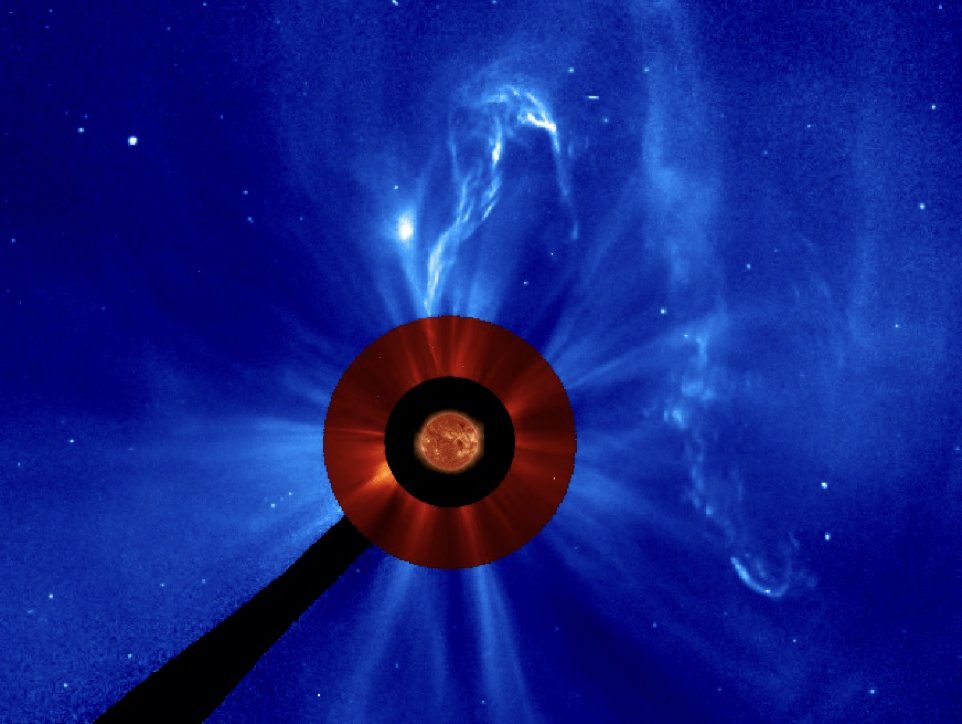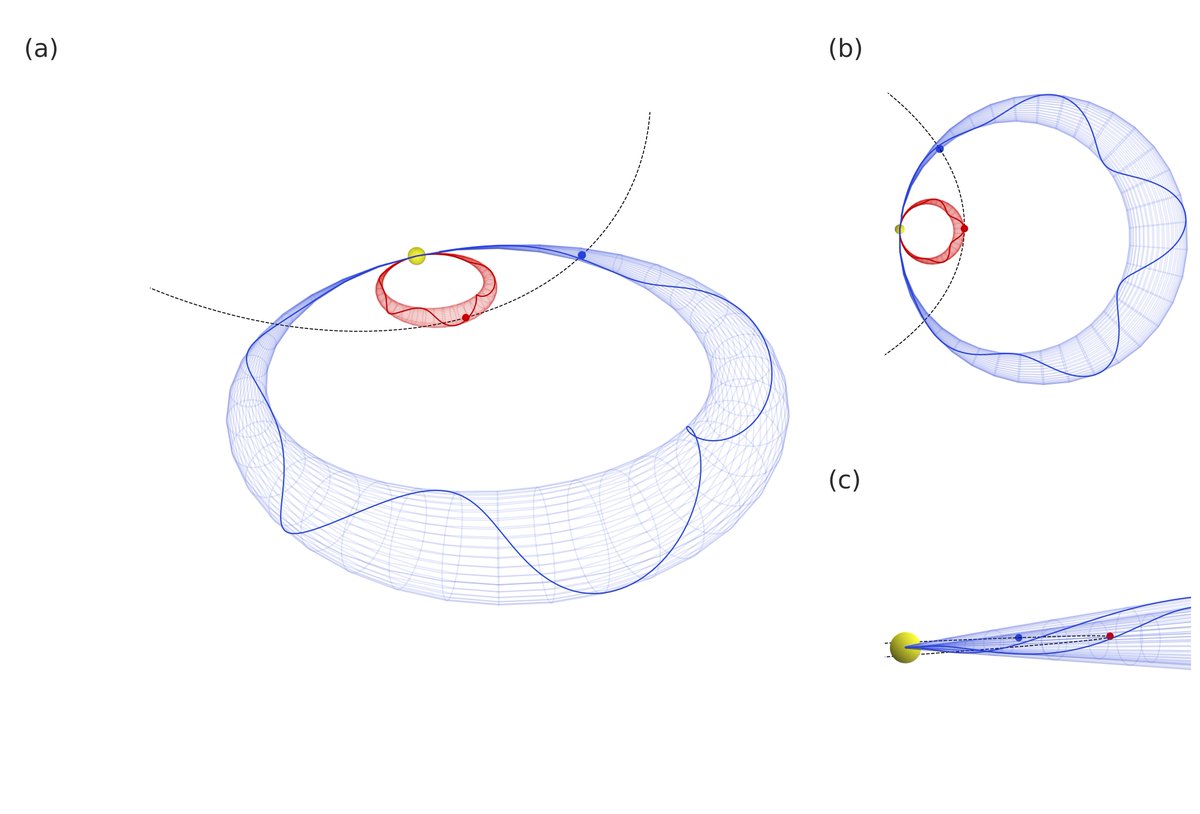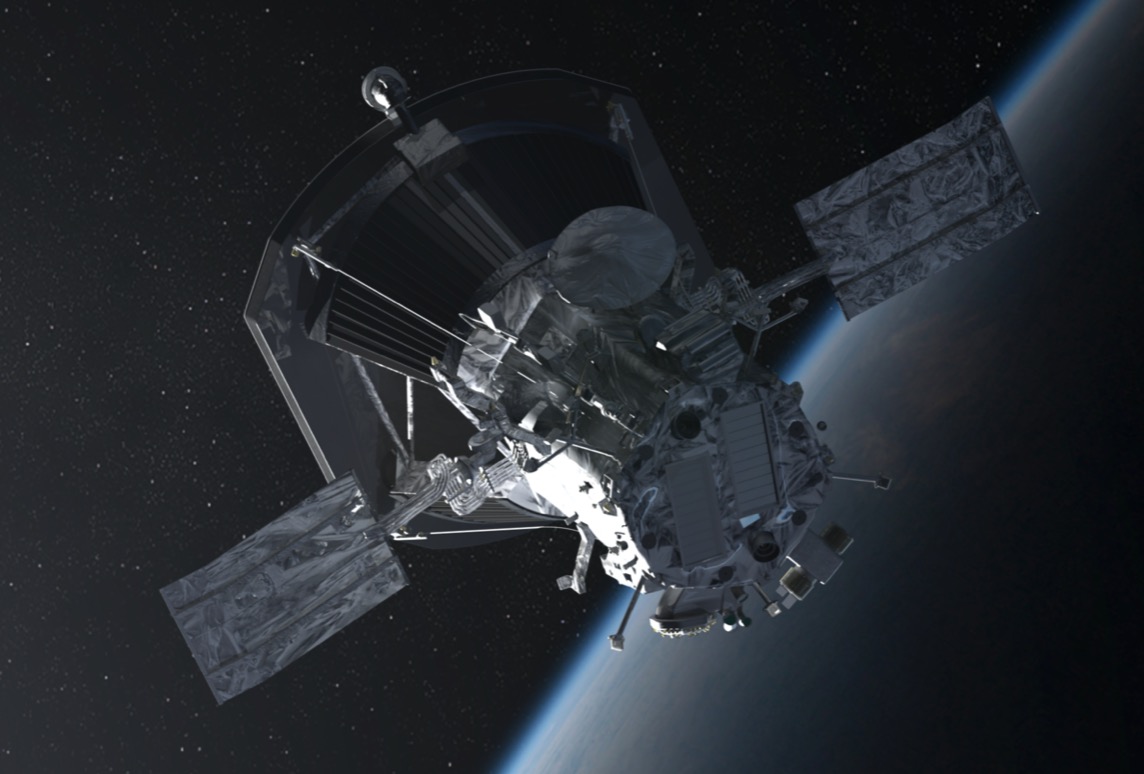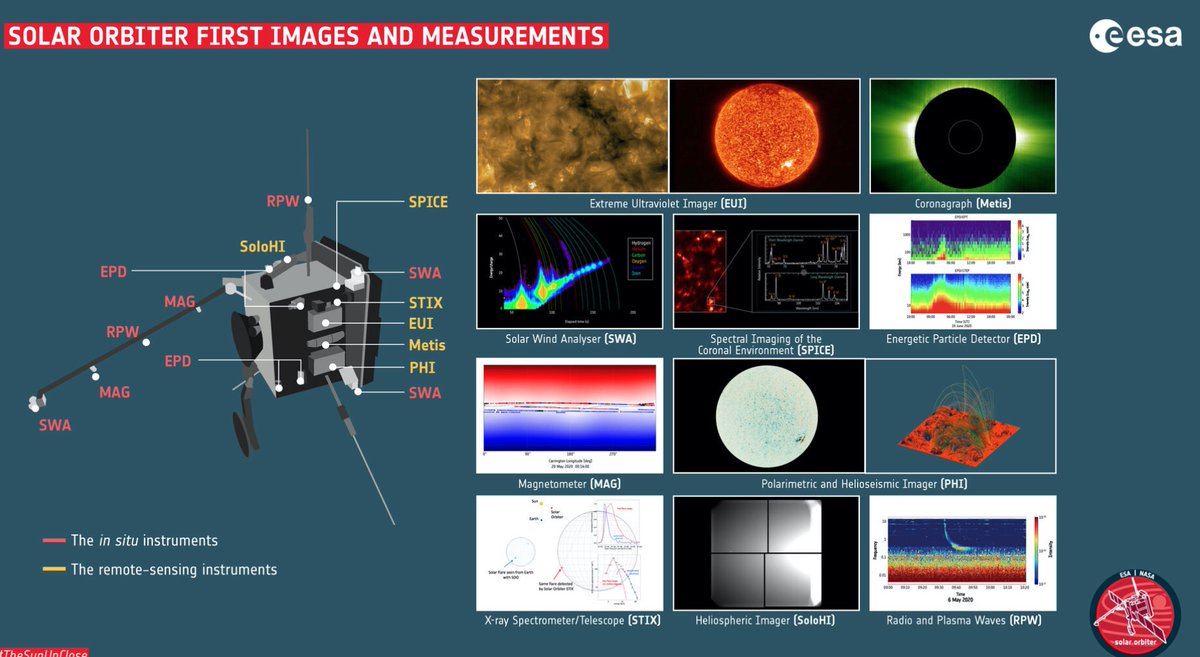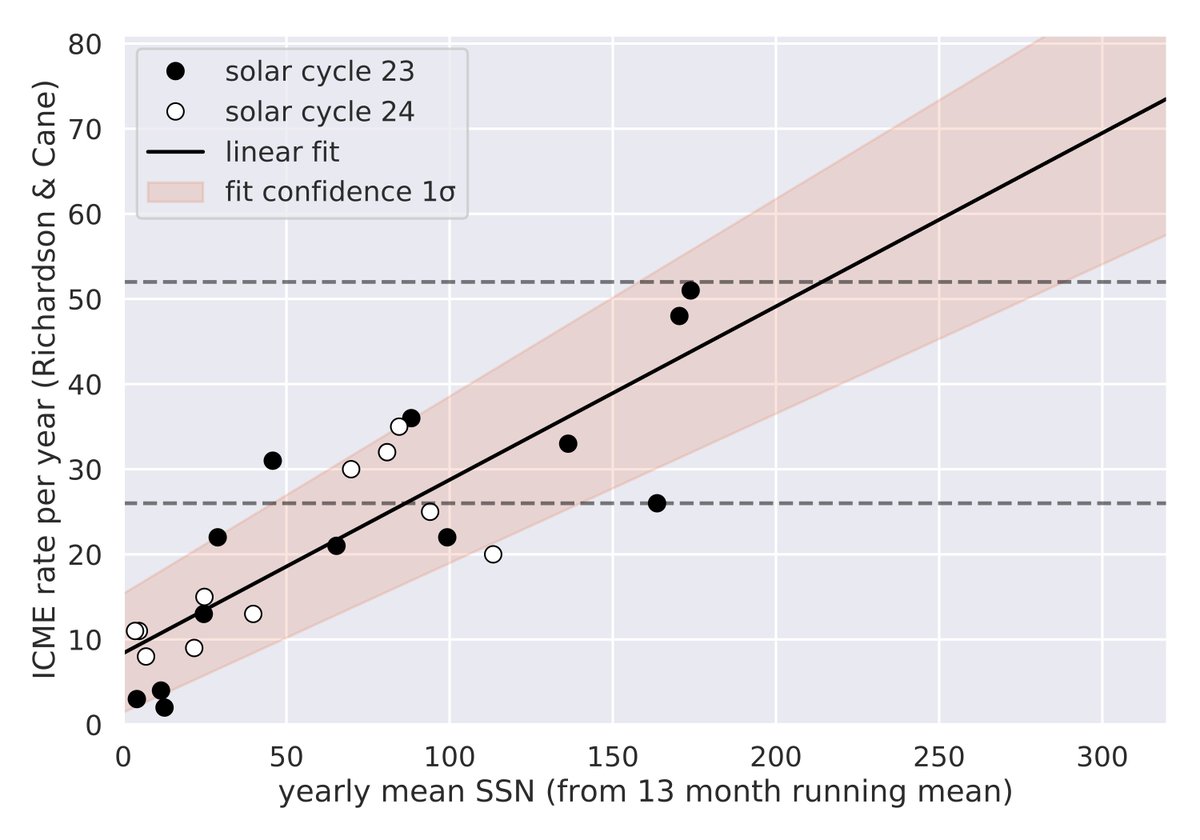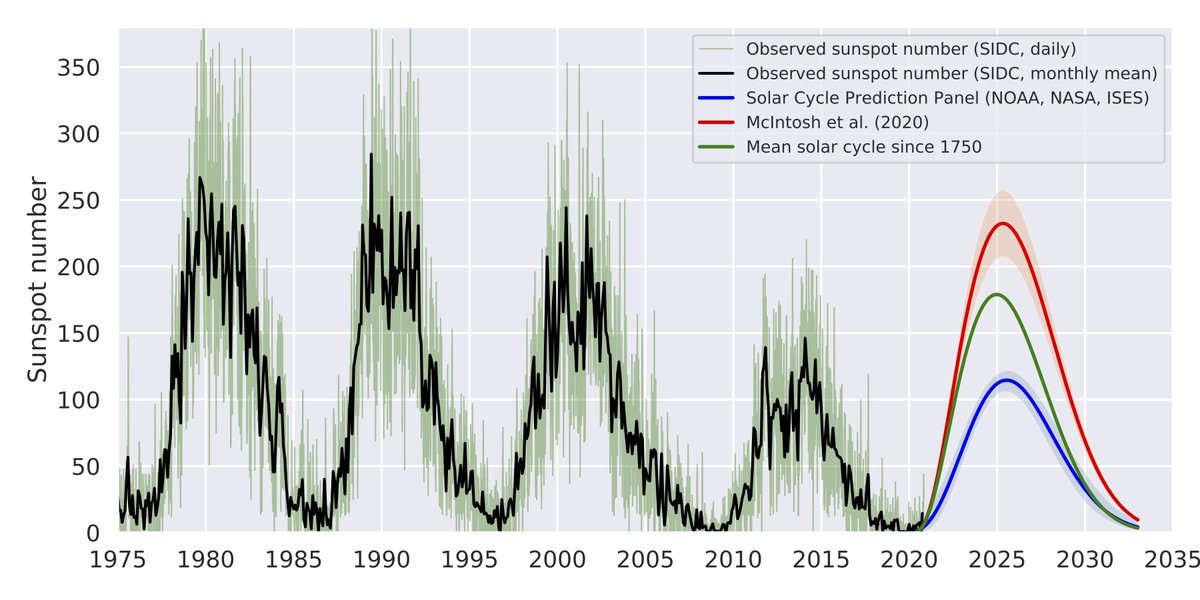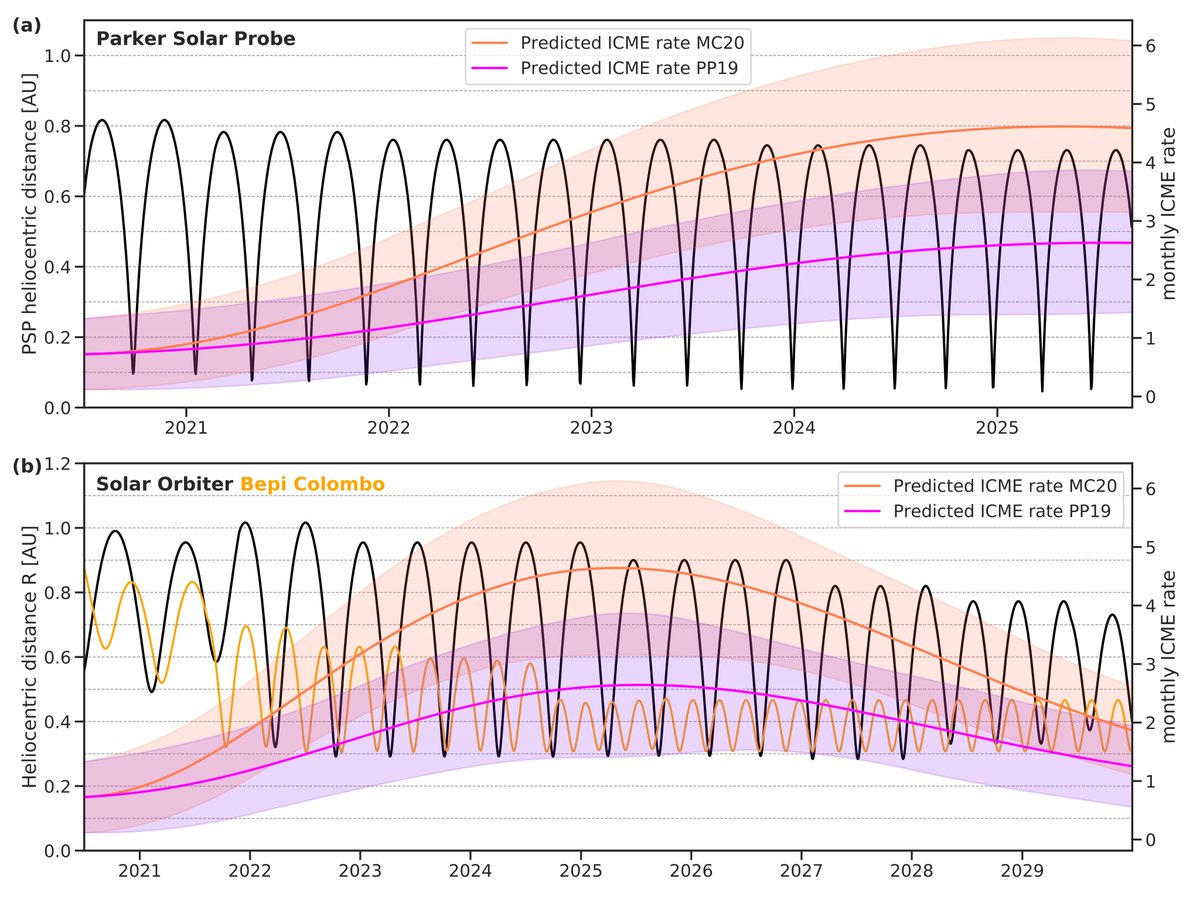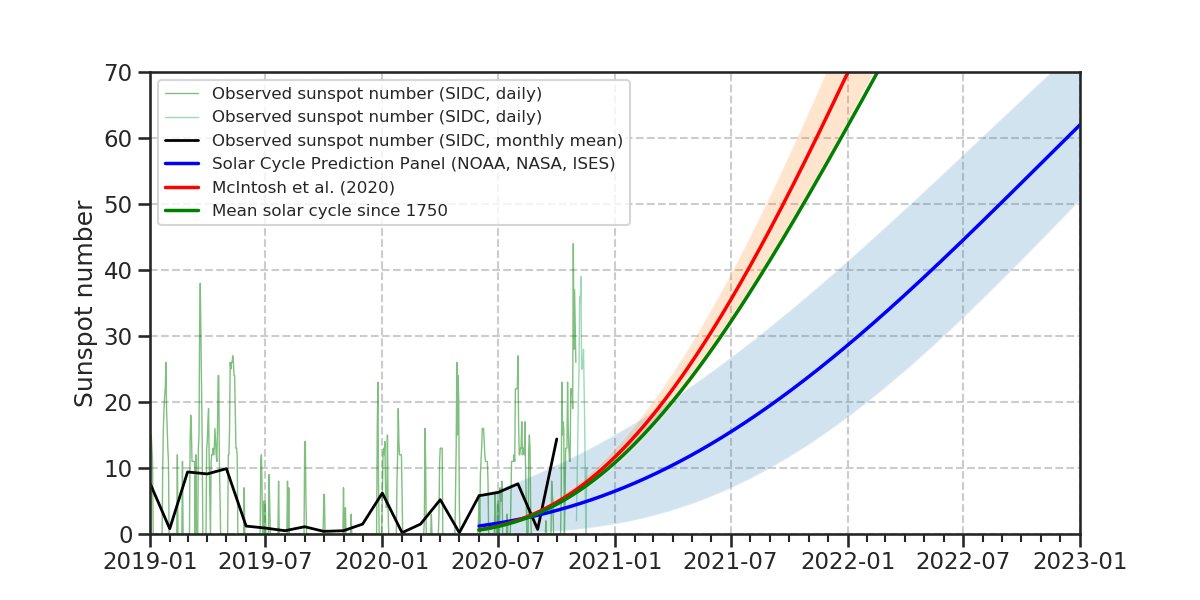We have a new paper out! We predicted how many #solarstorms will impact Earth in the next solar cycle, and there may be a surprise in store for the
@NASASun Parker Solar Probe!
Its open access here: https://iopscience.iop.org/article/10.3847/1538-4357/abb9a1
@FWF_at @IWF_oeaw @oeaw


1/n
@NASASun Parker Solar Probe!
Its open access here: https://iopscience.iop.org/article/10.3847/1538-4357/abb9a1
@FWF_at @IWF_oeaw @oeaw



1/n

Actually, it all started like this. We experimented with our 3DCORE method, which very quickly simulates a spacecraft measuring the magnetic field in a solar storm core. A new paper on it, led by our PhD student Andreas Weiss, is now in press: https://arxiv.org/abs/2009.00327 .
2/n
2/n
3DCORE describes a solar storm core as a torus, expanding while traveling away from the Sun, thereby capturing basic storm physics. We put a Parker Solar Probe orbit in the simulation (thanks to @davidstansby and @HelioPyProject), and THIS happened:
3/n
3/n
As you see, PSP crosses the model magnetic core twice. Yes, this IS a big deal. First, if PSP indeed would see a storm’s magnetic core so close, at < 0.1 AU to the Sun, we see it pristine, and almost nothing has altered the original erupting magnetic structure.
4/n
4/n
When this core propagates to Earth, it may be deflected, deformed and eroded, so its definitely better to see it close to the Sun to figure out how the eruption got started, which is still an unsolved problem.
(I love unsolved problems.)
5/n
(I love unsolved problems.)
5/n
But even better, when indeed Parker Probe would see it a second time, that gives us a really got shot at deriving how the storms magnetic field really looks like over large distance (we are talking millions of kilometers here).
6/n
6/n
Usually, we would need to wait for two or more spacecraft to align and hope that a solar storm is launched at the right place and time to impact all of them. Here, the fantastic @NASASun Parker Solar Probe would do this trick all by itself.
7/n
7/n
Of course, we need imagers like the @NASASun STEREO-A, @ESA SOHO or @ESASolarOrbiter for context and to link what we see in images to what PSP measures directly in the solar wind - or the "ultimate" observation, when the same storm impacts one of those spacecraft further out.
8/n
8/n
Understanding solar storm magnetic cores is a *very* elusive problem in the field of #spaceweather, and our inability to know whats going on really destroys our capabilities to accurately predict their effects at Earth.
9/n
9/n
We need to know how exactly the Sun decides to „make“ that magnetic field for each storm, otherwise our forecasts are essentially useless. Simulations are always instructive, in general nice to have (and look at), but how does this ideal model situation map to real life?
10/n
10/n
To approximately answer this, we figured out how often this situation may happen, simplifying it to asking how many times PSP sees a solar storm at < 0.1 AU (there are a lot of intricacies to this question, but we think this captures the essence of it).
11/n
11/n
The simplest way to do this is to find a relationship between some kind of solar activity indicator, like the sunspot number and the storm rate that we know from previous cycles (23 and 24). Details are in the paper, but essentially it comes down to this:
12/n
12/n
From the sunspot number, with some error, one can deduce how many ICMEs will impact planets like Earth or any spacecraft in a given cycle. Just based on data (well, rather catalogs that legions of researchers and students produced in the past, but thats a different story).
13/n
13/n
Currently there are 2 main predictions around for the sunspot number in the new cycle 25, an official one by NASA and NOAA which is really low, and another one by @swmcintosh, @leamonrj et al. which is really high. See https://arxiv.org/abs/2006.15263
14/n
14/n
Both sides have good arguments and they are probably going to fight over them if you ask them, but the good thing is that its quite likely that at the end of 2021 we will likely know which one of those is true. So we just calculated everything for both forecasts.
15/n
15/n
Here we directly plot the predicted monthly solar storm rate (right axis) versus the heliocentric distance (left axis) of Parker Solar Probe, Solar Orbiter, and Bepi Colombo. The 2 predicted storm rates at the spacecraft are the shaded areas.
16/n
16/n
PSP now dips below 0.1 AU during its perihelion (its closest distance to the Sun). Our calculations show that during those times < 0.1 AU, we expect that until 2025 there will be about 1 to 7 events where PSP has a shot to cross a storm twice. Not too bad.
17/n
17/n
However, the rate of solar storm impacts is similar for the Parker Solar Probe, Solar Orbiter or …. Earth. During solar maximum in 2025, the stronger cycle prediction gives an average rate of 4.5 storms/month, or on average 1 storm EVERY WEEK. Maybe we need to buckle up.
18/n
18/n
This would be the highest rate of storm impacts at Earth since the 1990s, when our world was much less dependent on technology. Once we can all travel again, it may not be a bad idea to book a trip to an aurora viewing spot around 2024-2026 ...
19/n
19/n
Even during the next great American solar eclipse in 2024, the solar corona could look a LOT more interesting than it did in 2017, as it could be close to solar maximum, a time where the solar magnetic field "flips".
20/n
20/n
We’ll watch closely how the next solar cycle unfolds by tracking the storm impacts at all spacecraft and check if Parker Solar Probe indeed observes a storm twice. It could give us some great hints on the origins of these storms, which we really need to forecast them.
21/n
21/n

 Read on Twitter
Read on Twitter